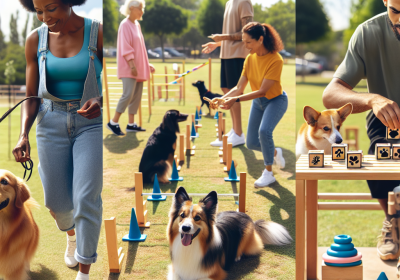Dog physiotherapy tips
-
Table of Contents
Dog physiotherapy, also known as canine physical therapy, is a specialized field focused on improving the physical health and mobility of dogs through various therapeutic techniques. This practice is essential for dogs recovering from surgery, injury, or those suffering from chronic conditions such as arthritis. Effective physiotherapy can enhance a dog’s quality of life, reduce pain, and promote faster recovery. Key tips for dog physiotherapy include maintaining a consistent exercise routine, incorporating massage and stretching exercises, using hydrotherapy, and ensuring a balanced diet to support overall health. Regular consultation with a veterinary physiotherapist is also crucial to tailor a program specific to the dog’s needs and monitor progress.
Effective Stretching Techniques For Dogs
Effective stretching techniques for dogs are essential for maintaining their overall health and well-being. Just as in humans, stretching helps to improve flexibility, increase blood flow, and reduce the risk of injury. When performed correctly, these techniques can significantly enhance a dog’s quality of life, especially for those recovering from surgery, suffering from arthritis, or simply aging. To ensure the effectiveness of these stretches, it is crucial to approach them with care and precision.
Firstly, it is important to create a calm and comfortable environment for your dog. This can be achieved by choosing a quiet space free from distractions, where your dog feels safe and relaxed. Before beginning any stretching routine, it is advisable to warm up your dog’s muscles with a gentle walk or light play. This helps to increase circulation and prepare the muscles for stretching, reducing the risk of strain or injury.
One of the most fundamental stretching techniques is the passive range of motion (PROM) stretch. This involves gently moving your dog’s limbs through their natural range of motion without any active effort from the dog. For instance, to stretch the front legs, gently hold the paw and slowly extend the leg forward, then return it to its original position. Repeat this motion several times, ensuring that you do not force the limb beyond its comfortable range. This technique helps to maintain joint flexibility and can be particularly beneficial for dogs with arthritis or those recovering from surgery.
Another effective technique is the hamstring stretch, which targets the muscles at the back of the thigh. To perform this stretch, have your dog lie on its side. Gently lift the top hind leg and extend it backward, keeping the knee slightly bent. Hold the stretch for a few seconds before slowly returning the leg to its resting position. This stretch can help to alleviate stiffness and improve mobility in the hind limbs.
In addition to these specific stretches, incorporating whole-body stretches can be highly beneficial. The play bow stretch, for example, is a natural stretch that many dogs perform on their own. To encourage this stretch, use a treat or toy to lure your dog into a bowing position, with the front legs extended forward and the hindquarters raised. Hold this position for a few seconds before allowing your dog to return to a standing position. This stretch helps to elongate the spine and stretch the muscles of the back and abdomen.
It is also important to pay attention to your dog’s cues during stretching sessions. Signs of discomfort, such as whimpering, pulling away, or tensing up, indicate that the stretch may be too intense. Always proceed with caution and never force a stretch, as this can cause injury. Gradually increase the duration and intensity of the stretches as your dog becomes more accustomed to the routine.
In conclusion, effective stretching techniques for dogs are a valuable component of their overall health regimen. By creating a calm environment, warming up the muscles, and performing gentle, controlled stretches, you can help to improve your dog’s flexibility, reduce the risk of injury, and enhance their quality of life. Always be attentive to your dog’s responses and adjust the stretches accordingly to ensure a safe and beneficial experience.
Benefits Of Hydrotherapy For Canine Rehabilitation
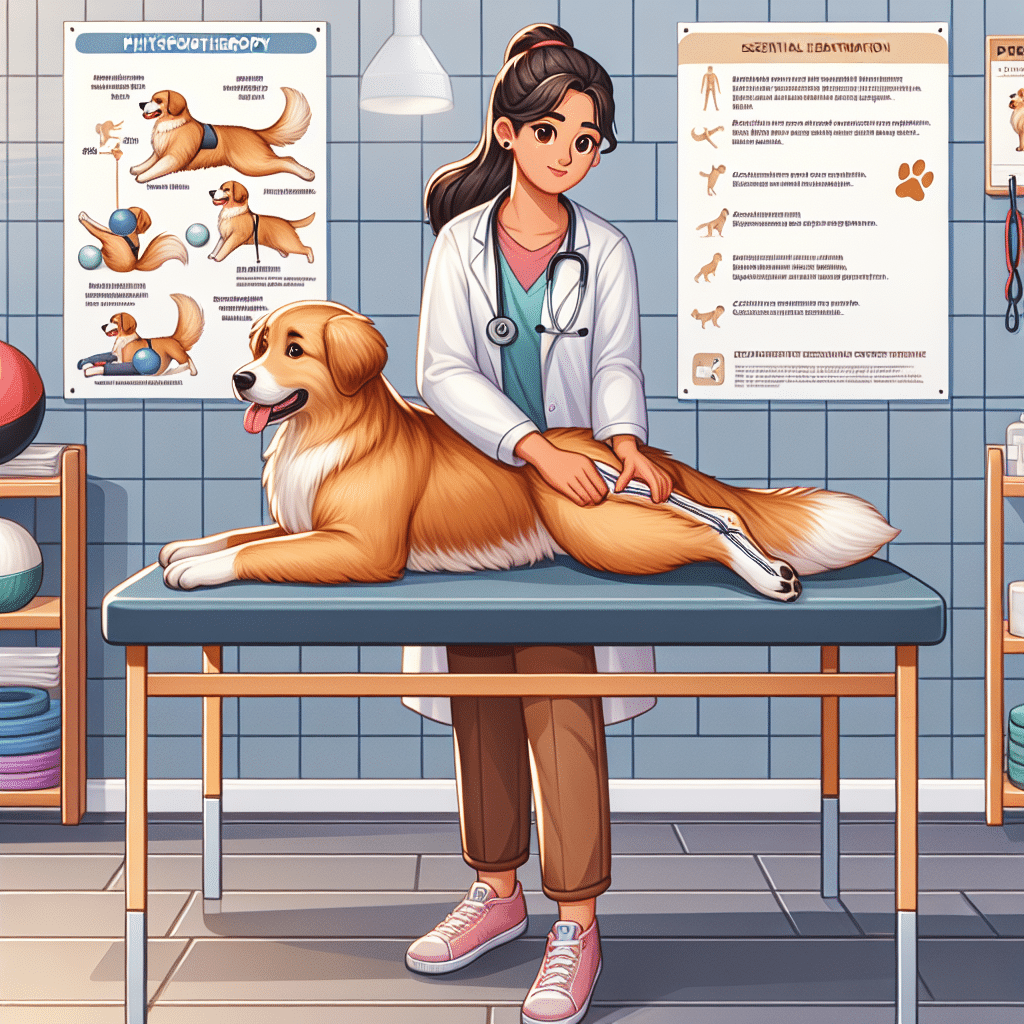
Hydrotherapy has emerged as a highly effective method for canine rehabilitation, offering numerous benefits for dogs recovering from injuries, surgeries, or managing chronic conditions. This therapeutic approach utilizes water’s natural properties to facilitate healing and improve overall physical function. One of the primary advantages of hydrotherapy is its ability to provide a low-impact environment for exercise. The buoyancy of water reduces the stress on a dog’s joints and muscles, making it an ideal option for those suffering from arthritis, hip dysplasia, or other musculoskeletal issues. By alleviating the weight-bearing burden, hydrotherapy allows dogs to move more freely and comfortably, promoting better mobility and flexibility.
In addition to reducing joint stress, hydrotherapy also enhances muscle strength and endurance. The resistance provided by water requires dogs to exert more effort during movement, which helps build and tone muscles without the risk of injury associated with land-based exercises. This is particularly beneficial for dogs recovering from surgery, as it enables them to regain muscle mass and strength in a controlled and safe manner. Furthermore, the consistent resistance of water can aid in improving cardiovascular fitness, contributing to overall health and well-being.
Another significant benefit of hydrotherapy is its ability to accelerate the healing process. The warm water used in hydrotherapy sessions increases blood circulation, which in turn promotes the delivery of oxygen and essential nutrients to injured tissues. This enhanced circulation helps reduce inflammation and swelling, facilitating faster recovery. Moreover, the soothing properties of warm water can alleviate pain and discomfort, providing a natural form of pain relief for dogs undergoing rehabilitation.
Hydrotherapy also plays a crucial role in improving a dog’s range of motion. The supportive nature of water allows for greater flexibility and extension of limbs, which is essential for restoring normal movement patterns. This is particularly important for dogs with conditions such as ligament injuries or spinal issues, where maintaining or regaining a full range of motion is critical for long-term recovery. By engaging in hydrotherapy, dogs can perform a variety of exercises that target specific areas of concern, ultimately leading to improved functional outcomes.
Furthermore, hydrotherapy offers psychological benefits for dogs. The gentle and supportive environment of water can help reduce anxiety and stress, which are common in dogs undergoing rehabilitation. The calming effect of water can make therapy sessions more enjoyable and less intimidating, encouraging dogs to participate actively in their recovery process. This positive experience can enhance the overall effectiveness of the rehabilitation program, leading to better compliance and outcomes.
In conclusion, hydrotherapy provides a multitude of benefits for canine rehabilitation, making it a valuable tool for veterinarians and pet owners alike. Its ability to offer low-impact exercise, enhance muscle strength, accelerate healing, improve range of motion, and provide psychological comfort makes it an ideal choice for dogs recovering from various conditions. By incorporating hydrotherapy into a comprehensive rehabilitation plan, dogs can achieve optimal recovery and enjoy a better quality of life. As with any therapeutic intervention, it is essential to consult with a veterinarian or a certified canine rehabilitation therapist to ensure that hydrotherapy is appropriate for the specific needs of each dog.
Home Exercises To Support Your Dog’s Recovery
Home exercises play a crucial role in supporting your dog’s recovery from injury or surgery. These exercises not only aid in the healing process but also help maintain muscle strength, flexibility, and overall well-being. To begin with, it is essential to consult your veterinarian or a certified canine physiotherapist before starting any exercise regimen. They can provide a tailored plan that suits your dog’s specific needs and condition.
One of the most fundamental exercises is passive range of motion (PROM). This involves gently moving your dog’s joints through their natural range of motion without any active effort from the dog. PROM helps to maintain joint flexibility and prevent stiffness. To perform this exercise, ensure your dog is relaxed and comfortable. Slowly and gently move each joint, holding it for a few seconds at the end of its range. Repeat this process several times for each joint, being careful not to cause any pain or discomfort.
In addition to PROM, weight shifting exercises are beneficial for improving balance and coordination. These exercises encourage your dog to distribute weight evenly across all four limbs, which is particularly important if they have been favoring one side due to an injury. To practice weight shifting, have your dog stand on a stable surface. Gently sway their body from side to side and front to back, encouraging them to adjust their weight accordingly. This can be done for a few minutes each day, gradually increasing the duration as your dog becomes more comfortable.
Strengthening exercises are also vital for your dog’s recovery. One effective exercise is the sit-to-stand, which targets the muscles in the hind limbs. To perform this exercise, have your dog sit and then encourage them to stand up using a treat or a favorite toy as motivation. Repeat this movement several times, ensuring that your dog maintains proper form and does not rush through the exercise. Over time, you can increase the number of repetitions to build strength gradually.
Another valuable exercise is the use of balance equipment, such as a wobble board or balance disc. These tools challenge your dog’s stability and engage their core muscles. Start by having your dog stand on the equipment for short periods, gradually increasing the duration as they become more confident. Always supervise your dog during these exercises to prevent any accidents or injuries.
Hydrotherapy is another excellent option for supporting your dog’s recovery. Water provides resistance, which helps to strengthen muscles, while also reducing the impact on joints. If you have access to a pool or a specialized canine hydrotherapy facility, consider incorporating swimming or underwater treadmill sessions into your dog’s exercise routine. However, it is crucial to ensure that your dog is comfortable in the water and that the sessions are conducted under professional supervision.
Lastly, it is important to monitor your dog’s progress and adjust the exercise regimen as needed. Keep an eye out for any signs of discomfort or fatigue, and always prioritize your dog’s well-being. Regular check-ins with your veterinarian or physiotherapist can help ensure that the exercises are effective and appropriate for your dog’s recovery stage.
In conclusion, home exercises are an integral part of supporting your dog’s recovery. By incorporating a variety of exercises, such as passive range of motion, weight shifting, strengthening, balance training, and hydrotherapy, you can help your dog regain strength, flexibility, and overall health. Always consult with a professional before starting any exercise program and monitor your dog’s progress closely to ensure a safe and effective recovery process.


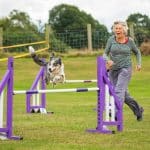

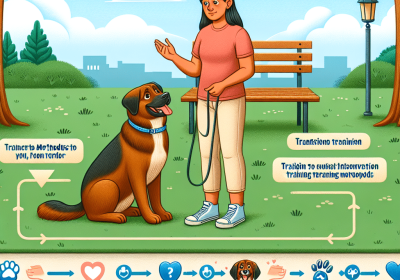
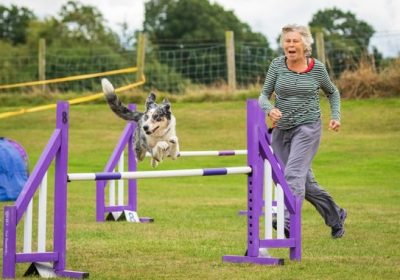
![The Dog Podcast Uncovers Startling Truths About What We Feed Our Dogs [Press Release]](https://wordcraftershub.com.au/wp-content/uploads/2024/08/dalmatian-dog-food-400x280.jpg)

